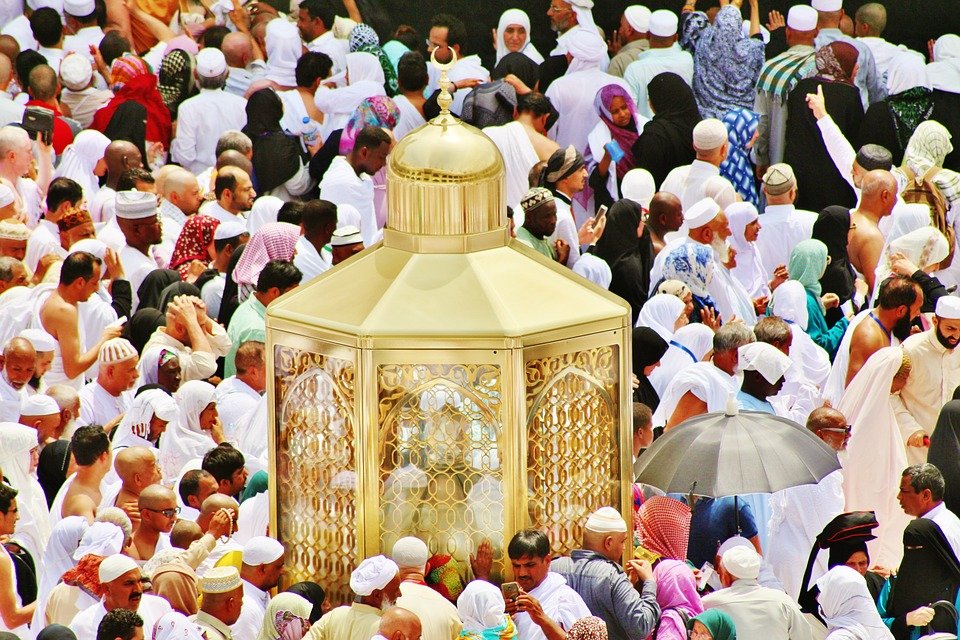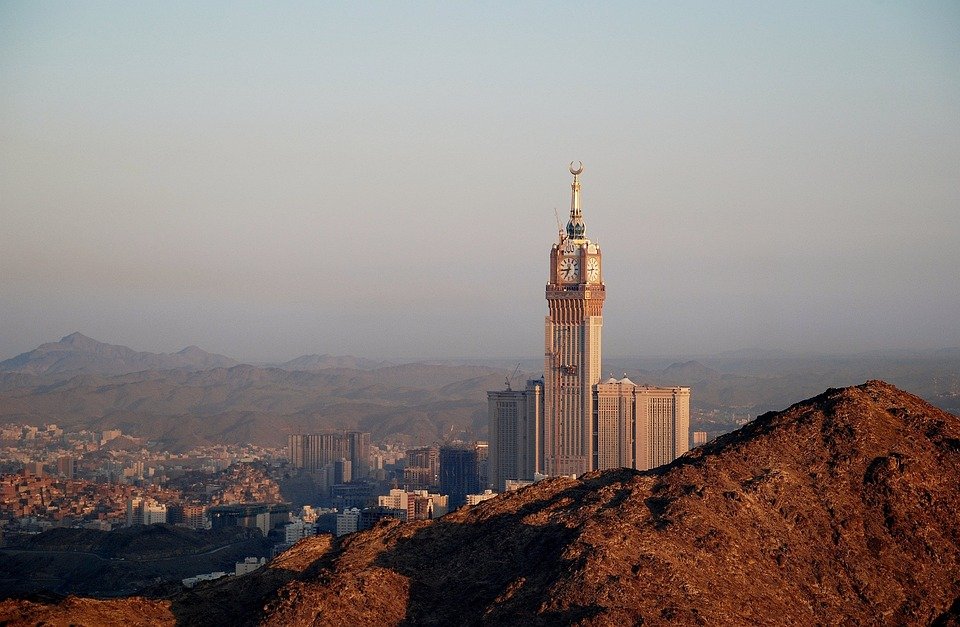You are here to read: What is the Significance of the Kaaba in the Hajj Journey? – A Thoughtfully Written Guide Offering Spiritual Wisdom and Travel Advice for Every Pilgrim who is going on holy journey of Hajj or Umrah.
When exploring the significance of the Kaaba in the Hajj, it’s essential to understand its central role in Islamic faith and practice. The Kaaba, a cube-shaped structure located in the heart of Masjid al-Haram in Mecca, serves as the qibla, the direction towards which Muslims around the world pray. During Hajj, which is one of the five pillars of Islam, millions congregate to perform rituals that revolve around the Kaaba, underscoring its importance. In this article, you will find a comprehensive guide detailing what is the significance of the Kaaba in the Hajj, shedding light on why it holds such a pivotal place in the hearts of Muslims.
In my opinion, recognizing the significance of the Kaaba in the Hajj helps deepen our understanding of this sacred pilgrimage. With over nine years of experience in the Umrah and travel sector, we at Airlink Hajj and Umrah are well-equipped to share insights about “What is the Significance of the Kaaba in the Hajj Journey?” We have observed firsthand how the rituals surrounding this iconic site inspire devotion and unity among pilgrims. I feel that understanding its importance enhances the spiritual experience for all who partake in Hajj, making it even more meaningful for those who seek to fulfill this vital obligation.
Understanding the Kaaba: A Sacred Site
The Kaaba stands as the heart of Islam, a symbol cherished by millions of believers worldwide. Nestled in the Grand Mosque of Makkah, this cube-shaped structure commands attention and respect. Revered as the Qibla, it signifies the direction Muslims face during prayers. Each day, millions flock to this holy site, reinforcing its central role in spiritual practices.
When we look at the Kaaba, we see more than just a building; it represents unity among Muslims. Regardless of where they come from or what language they speak, everyone faces the Kaaba during prayer. This simple act creates a sense of belonging, reminding us that we are all part of a larger community.
The Historical Significance of the Kaaba
The history of the Kaaba adds layers of meaning to this sacred space. According to Islamic tradition, it was first built by the Prophet Ibrahim (Abraham) and his son Ismail (Ishmael). They constructed it as a place of worship, laying the foundation for generations to come. This rich history transforms the Kaaba into a bridge connecting us with our forebears.
During Hajj, pilgrims retrace the steps of Ibrahim and Ismail, echoing their devotion and faith. Each action, from circling the Kaaba to engaging in prayers, reflects centuries of worship. It’s fascinating to think that today’s pilgrims are part of a legacy that stretches back to the roots of Islam.
The Kaaba and the Hajj Pilgrimage
During Hajj, the Kaaba takes center stage. Pilgrims perform Tawaf, circling around it seven times. This act symbolizes the unity of believers striving for peace and forgiveness. As they move, they recite prayers, deepening their connection with the divine. This experience is not merely physical; it transcends into the spiritual realm.
You're at the middle of this awesome post at AirlinkHajjandUmrah.com through: What is the Significance of the Kaaba in the Hajj Journey?. Keep reading, it gets better!
The act of circling the Kaaba serves as a metaphor for life. Just as we move around this sacred structure, we also move through life’s challenges. In my opinion, this pilgrimage encourages self-reflection and personal growth. Each step brings pilgrims closer to understanding their faith and purpose in life.
The Spiritual Essence of the Kaaba
Standing before the Kaaba instills a profound sense of spirituality. Many describe feelings of peace washing over them as they gaze upon this magnificent site. It’s as if time stands still, allowing them to immerse in their thoughts and prayers. Even those who visit for the first time often feel an unexplainable bond with this holy site.
The Kaaba serves as a reminder of our devotion and the sacrifices of those who came before us. When we feel lost or uncertain, visiting this site can provide clarity. The experience serves as a profound awakening, prompting us to think deeply about our beliefs and commitments. It invites us all to reflect on our own spiritual journeys.
The Kaaba as a Symbol of Unity
One of the most striking elements of the Kaaba is its ability to unify people from diverse backgrounds. During Hajj, individuals come together, dressed in simple white garments known as Ihram. This attire erases social distinctions, highlighting that we are all equal in the eyes of God. This sense of brotherhood is palpable in the air, creating an inclusive atmosphere that welcomes everyone.
The Kaaba acts as a visible reminder that faith binds us together. No matter where we are from, standing shoulder to shoulder with fellow pilgrims fosters a sense of fraternity. In these moments, I am reminded that together, we can overcome differences and share our love of faith.
The Emotional Impact of the Kaaba
Visiting the Kaaba can elicit powerful emotions. Many return home changed, carrying the experiences and feelings they gained during their visit. The journey is filled with tears of joy, moments of reflection, and an overwhelming sense of gratitude. Standing before the Kaaba has been described by some as the culmination of a lifelong dream.
Once there, it’s easy to understand why so many hold the Kaaba in such high regard. The emotional gravity of the experience creates lasting memories that resonate long after leaving. I believe that this emotional connection helps foster a deep appreciation for our shared humanity and spiritual aspirations.
Conclusion: The Enduring Legacy of the Kaaba
The Kaaba remains a pivotal element of the Hajj pilgrimage, embodying centuries of faith, tradition, and unity. It encapsulates the essence of Islamic worship, reminding us of our shared beliefs and values. As we gather around it, we cultivate a deep sense of community and understanding.
To many, the Kaaba is not just a destination; it’s an everlasting symbol of hope, love, and commitment to faith. Its significance transcends time and space, inviting each of us to reflect on our journey. Whether visiting in person or through prayer, the Kaaba continues to inspire and nurture the hearts of millions.
That wraps up What is the Significance of the Kaaba in the Hajj Journey?. Thanks for sticking with us till here! Share this: What is the Significance of the Kaaba in the Hajj Journey? with your friends.
Check our homepage at Air Link Hajj & Umrah for more awesome updates.
Some interesting posts are: 1: Umrah Mubarak, 2: When is Umrah closed 2026?, 3: When does Umrah start after Hajj 2026?
Mushu, an experienced Saudi Arabia traveler and writer, shares insightful tips and spiritual reflections to enhance Hajj and Umrah journeys for fellow pilgrims. He has been to Makkah and Madina from 2016 to 2023 many times and his posts will reflect this.







